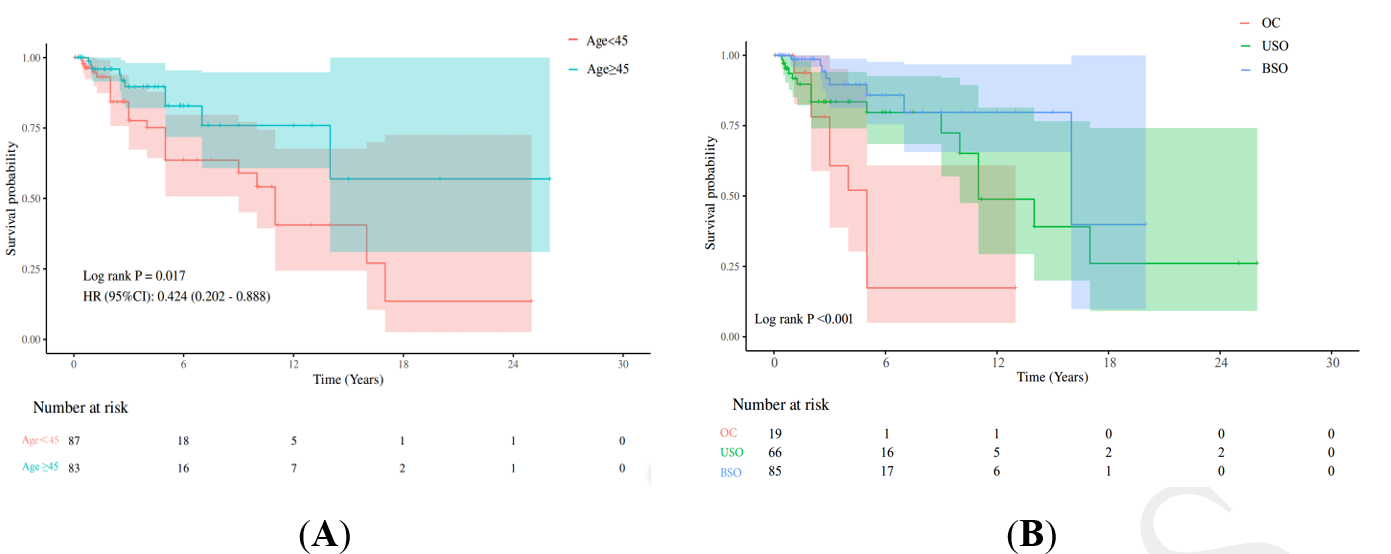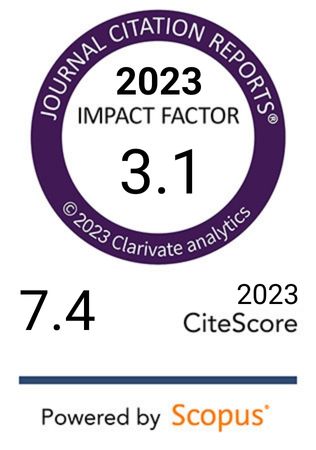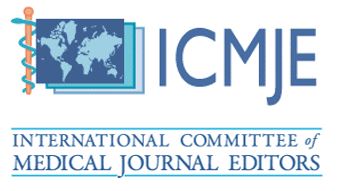Surgical approach and recurrence risk in struma ovarii: A retrospective and systematic analysis
DOI:
https://doi.org/10.17305/bb.2024.11287Keywords:
Benign struma ovarii, malignant struma ovarii, treatment, recurrence, prognosisAbstract
Struma ovarii (SO) represents a rare subset of ovarian germ cell tumors, with approximately 5% transforming into malignant SO (MSO). This study retrospectively analyzed clinical data from 23 SO patients treated at the Cancer Hospital of the Chinese Academy of Medical Sciences between January 2013 and December 2023, including 17 benign SO and 6 MSO cases. Additionally, a systematic review of 164 cases of MSO confined to the ovary, reported in the literature from 1946 to 2024, was conducted. Data on pathological type, treatment, and prognosis were extracted, and univariate and multivariate Cox regression analyses were performed to identify risk factors for recurrence in stage I MSO. The median age at diagnosis was higher for benign SO compared to MSO (58 vs. 42.5 years), with 70.6% of patients being postmenopausal. Benign SO commonly presented with abdominal distension or mass, with more than half having ascites, while MSO patients were asymptomatic and lacked ascites. Cox regression analyses revealed that ovarian cystectomy was adversely associated with recurrence risk in stage I MSO, likely due to surgically induced capsular rent and potential tumor spillage. Significantly lower recurrence risks were observed in patients who underwent unilateral or bilateral salpingo-oophorectomy (HR = 0.36, P = 0.019; HR = 0.19, P = 0.004, respectively). This study highlights the importance of the surgical approach in the management of stage I MSO. A thorough preoperative discussion of the benefits and risks of different surgical approaches is recommended for patients desiring fertility preservation. Postoperative adjuvant therapy has not been shown to have a significant impact on prognosis. For the treatment of recurrent MSO, selecting appropriate surgical and adjuvant therapeutic strategies is essential to improve the long-term prognosis of MSO patients.
Citations
Downloads

Downloads
Additional Files
Published
Issue
Section
Categories
License
Copyright (c) 2024 Miao Ao, You Wu, Zhiping Huo, He Zhang, Wei Mao, Bin Li

This work is licensed under a Creative Commons Attribution 4.0 International License.









